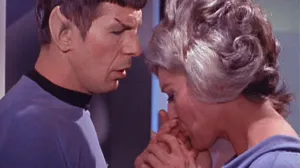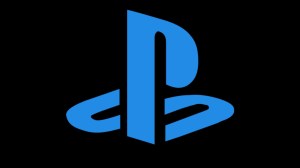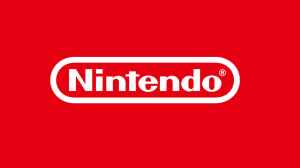19 years ago, Sonic the Hedgehog was supposed to be revitalized by a next-gen release — which has since gone down as one of the worst entries in the franchise’s entire history. Sonic the Hedgehog has been an enduring fixture of gaming for decades, but it’s suffered from serious highs and lows over the years. After Sega left the console wars and shifted focus more heavily onto game design, Sonic the Hedgehog‘s big debut on the Xbox 360 and PlayStation 3 was supposed to herald a new era for the character.
Videos by ComicBook.com
Unfortunately, it did just that — in a way that Sega wasn’s hoping for. The glitch-heavy game design and bizarre storyline in Sonic the Hedgehog (2006) left general audiences and game critics alike baffled. Even though it was a financial success, Sega spent years trying to recover from the negative impact of this title. Here’s how Sonic the Hedgehog (2006) became one of modern gaming’s most infamous mistakes.
Sonic 2006 Was Supposed To Elevate The Franchise
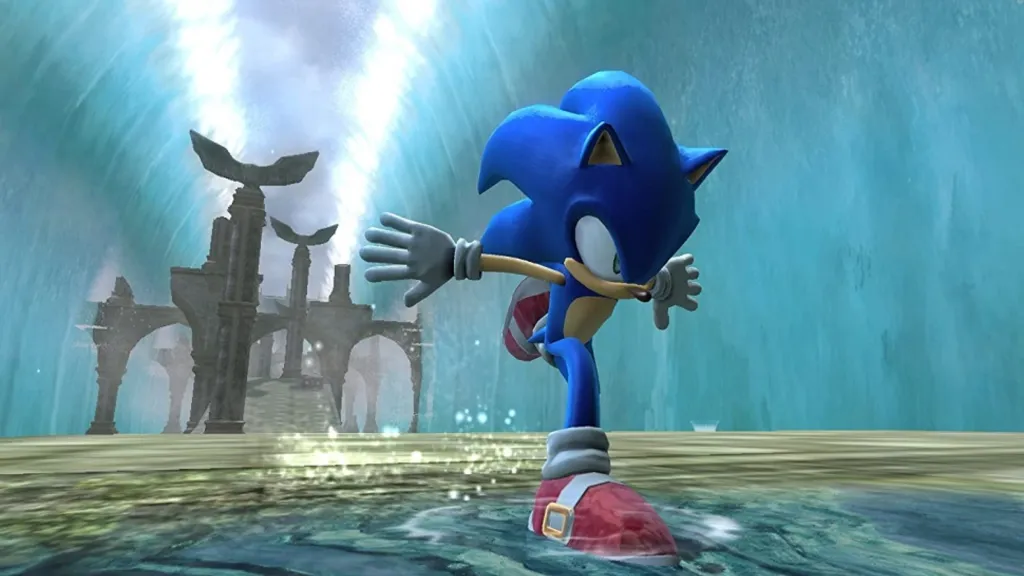
Released 19 years ago, Sonic the Hedgehog (2006) remains an infamously bad entry in the series that the franchise is still recovering from. When development on the game began in 2005, there were high hopes for the next Sonic game. Building off the mixed reception to 3D Sonic titles like Sonic Heroes, the 2006 game was intended to bring the Blue Blur racing onto the Xbox 360 and PlayStation 3. Coinciding with the 15th anniversary of the franchise, the game even brought in series co-creator Yuki Naka to lead Sonic Team.
The game was initially ambitious, trying to juggle a more grounded and cinematic tone alongside numerous gameplay innovations and tweaks. Taking direct cues from the superhero blockbusters taking over the box office, Sonic the Hedgehog (2006) was meant to be a genuinely epic Sonic adventure. However, things went off course when Naka resigned from Sonic Team.
This left the developers scrambling through the latter half of development. This resulted in many of the gameplay mechanics being cut, as well as a hurried push to get the game finished before launch — leading to wonky controls and frequent glitches. The game’s narrative was split across three campaign modes, focusing on Sonic, Shadow, and Silver (who made his debut in the title). Each of their gameplay approaches was tweaked to have unique elements, but subsequently hindered by the spotty game design. There was even an attempt to include an unlikely friendship/quasi-romance storyline for Sonic with Princess Elise of Soleanna, which just made it all weirder in the long-run.
How Bad Was Sonic the Hedgehog (2006)?
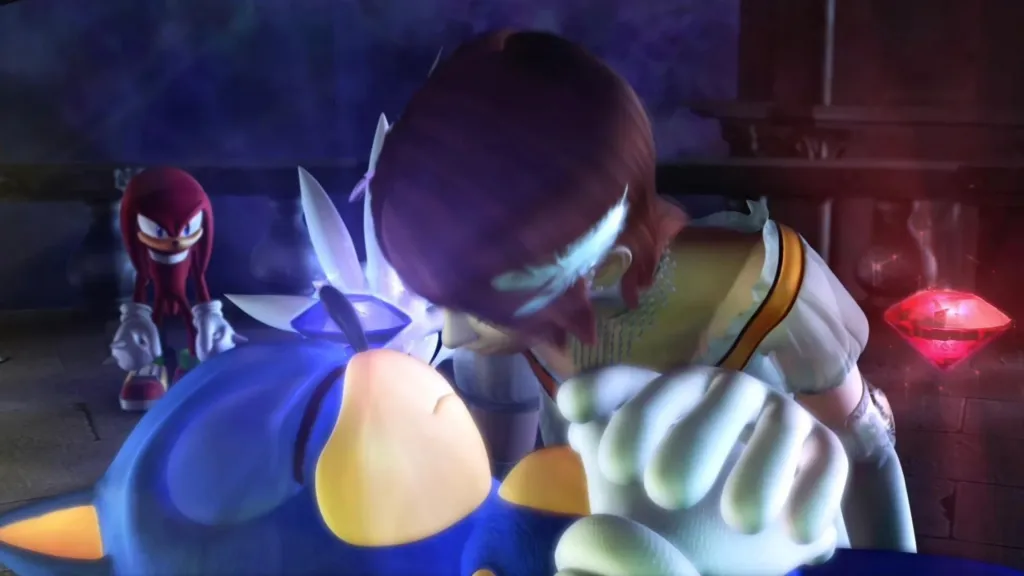
Due to the need to hit the market ahead of the holiday season, Sonic Team was forced to contend with several problems while developing Sonic the Hedgehog (2006), and just let them go. As a result, the game was shipped out without the level of polish that major titles typically receive. Along with the game’s bizarre story and glitchy gameplay, Sonic fans and critics alike were caught by surprise by just how poorly designed the game really was.
It wasn’t uncommon to see Sonic and his allies suddenly clip into walls or fade into the ground, leaving players frustrated. Although the game’s graphics and gameplay showed promise during limited demos, the overall experience was widely panned by gaming media. While some critics gave the game a passing grade for the visuals and music, criticism for the level design, controls, and glitches was nearly universal.
The storyline also left critics confused, noting that the romantic subplot with Elise was a strange diversion for the series that didn’t feel at home with the rest of the legacy of the games. Despite the acidic reviews, Sonic the Hedgehog (2006) performed well with audiences and eventually sold over 2.6 million copies. However, that’s not to say that the fanbase embraced it. Although characters like Silver have endured in the series, the game quickly became infamous in the fandom and remains a contentious point in the history of the series.
The Unfortunate Legacy Of Sonic the Hedgehog (2006)
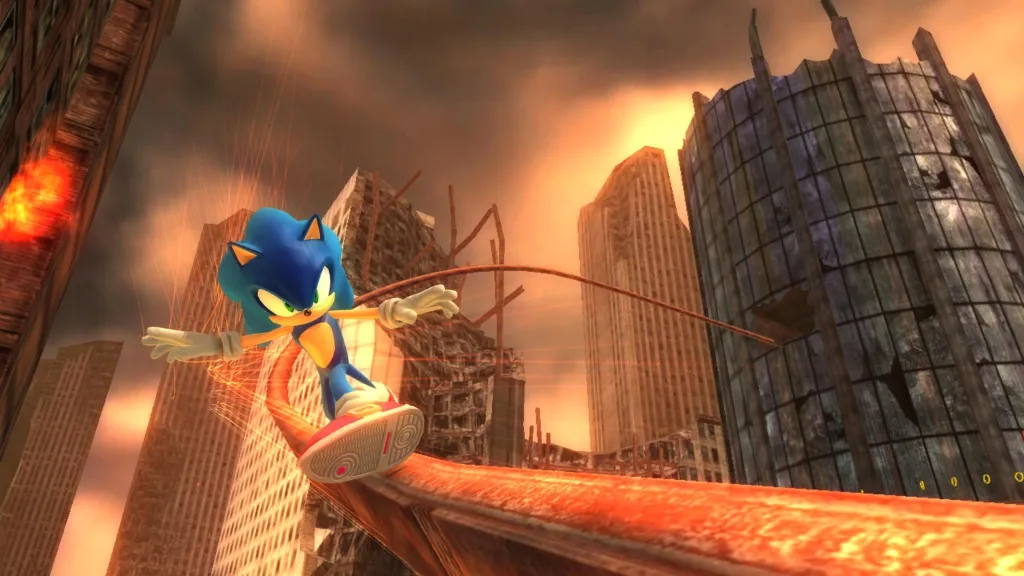
It’s hard to overstate just how bad Sonic the Hedgehog (2006) was for the brand when it launched. Sega had already moved away from the console market. Games like Sonic Heroes and Sonic Advance kept the series alive, but Sonic the Hedgehog (2006) was supposed to revitalize it. Instead, it fully turned the franchise into a punchline. The attempt to meld an epic fantasy storyline with the more lighthearted Sonic tropes was laughably strange, and continued the trend for a while in the series.
As a whole, the game came to symbolize a down period for the series, with other Sonic games from this era also suffering from rushed production and glitchy elements. The game quickly became a constant source of ridicule in the gaming space, with plenty of Let’s Plays indulging in the game’s worst elements for comedic effect. Gaming media tore the title down and often listed it as one of the biggest disappointments of 2006. Coupled with the fan reception being mixed at best, Sonic the Hedgehog (2006) developed a reputation as one of the worst entries in the entire franchise.
It was so badly received that, despite selling millions of copies, the game was eventually delisted by Sega. It wouldn’t be until the series embraced retro approaches with Sonic Generations and Sonic the Hedgehog 4 that it regained positive vibes from critics and fans. Notably, the spirit of Sonic the Hedgehog (2006) was replicated more successfully in games like Sonic Frontiers and the cinematic Sonic the Hedgehog trilogy, which found the right balance of the cutesy cartoons and epic action. If nothing else, Sonic the Hedgehog (2006) serves as a warning for the rest of the series that the franchise has been forced to contend with ever since. The franchise’s legacy was bruised by that title in a way it never had been before, and it’s still recovering.




